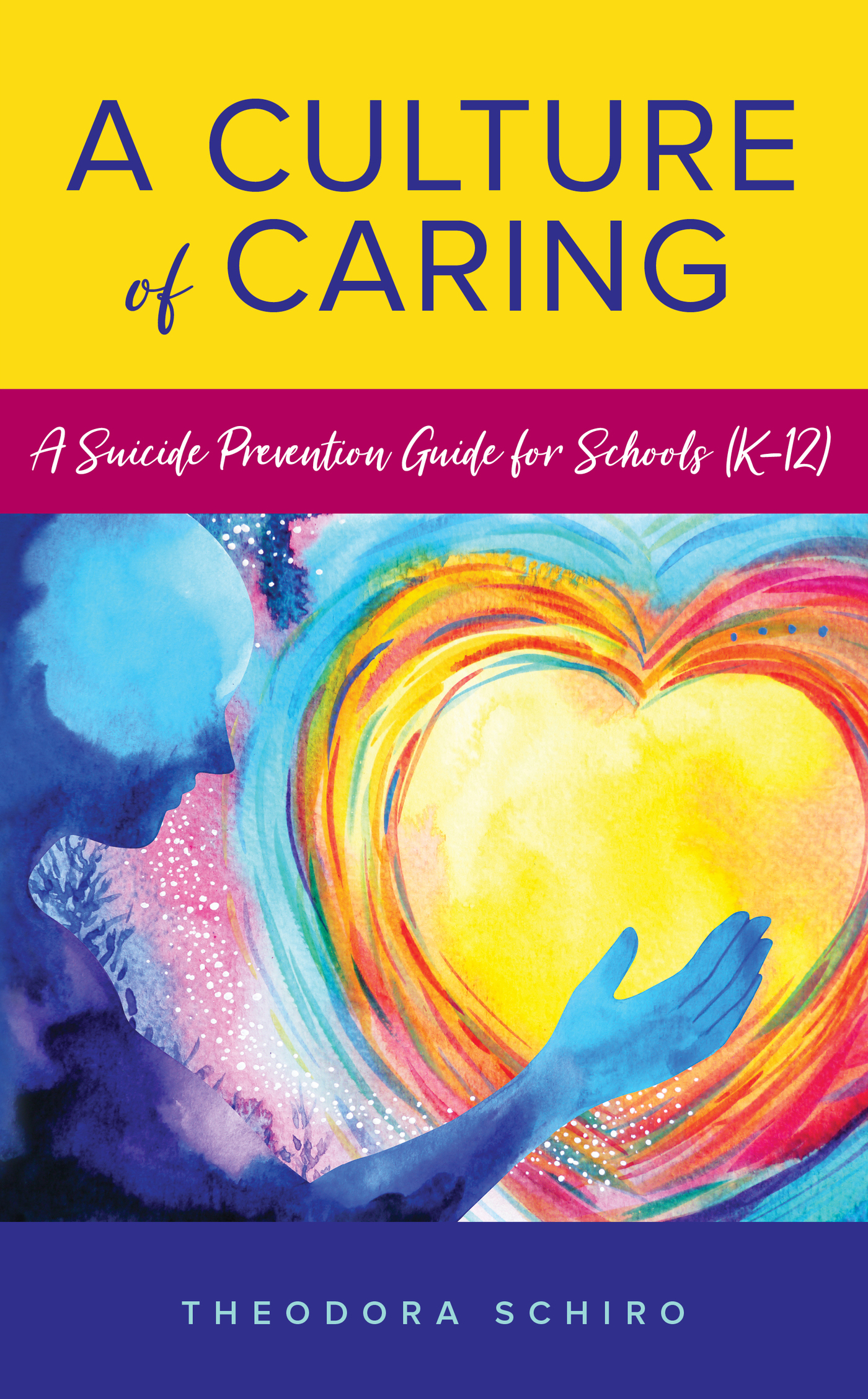A Culture of Caring
A Culture of Caring
A Suicide Prevention Guide for Schools (K12)
Theodora Schiro
ROWMAN & LITTLEFIELD
Lanham Boulder New York London
Published by Rowman & Littlefield
An imprint of The Rowman & Littlefield Publishing Group, Inc.
4501 Forbes Boulevard, Suite 200, Lanham, Maryland 20706
www.rowman.com
6 Tinworth Street, London SE11 5AL
Copyright 2020 by Theodora Schiro
All rights reserved. No part of this book may be reproduced in any form or by any electronic or mechanical means, including information storage and retrieval systems, without written permission from the publisher, except by a reviewer who may quote passages in a review.
British Library Cataloguing in Publication Information Available
Library of Congress Cataloging-in-Publication Data
Library of Congress Control Number: 2019956612
ISBN 978-1-4758-4448-1 (cloth : alk. paper)
ISBN 978-1-4758-4450-4 (electronic)
 TM The paper used in this publication meets the minimum requirements of American National Standard for Information Sciences Permanence of Paper for Printed Library Materials, ANSI/NISO Z39.48-1992.
TM The paper used in this publication meets the minimum requirements of American National Standard for Information Sciences Permanence of Paper for Printed Library Materials, ANSI/NISO Z39.48-1992.
Foreword
In 2011, I was a fellow colleague and principal with Theo Schiro when she and Steve experienced the loss of their son. It was a sad and tragic time for them, and along with their loved ones we mourned with them. Since that time, it has been inspirational to witness the resilience of both Theo and Steve as they advocate and educate others on the warning signs of suicide to help prevent it from occurring in other families.
As an educational leader, I know that candid, straightforward, and succinct work like this is needed for educational leaders, parents, stakeholders, teachers, counselors, social workers, faith-based leaders, and others to help break the stigma of suicide and depression and to better support, dialogue with, and care for others in the prevention of suicide.
This book is a vulnerable and heartfelt plea from not only an educator and leader, but also a mother. The resources, tools, and information in this book can help schools and districts rally around and create plans to better support all students and help families and communities talk about mental illness and depression in their efforts to prevent suicide.
Cort Monroe, EdD
Assistant Superintendent of Support Services
Queen Creek Unified School District
Preface
The Story of Joss
Not long ago, my life was fairly normal. I had a loving husband and two smart kids. After twenty years as a classroom teacher, I had finally reached my goal of being a principal for an elementary school. I learned how to be an effective school leader and thrived in my belief that I was making a difference in the lives of the children I was responsible for. I looked forward to going to work each morning, knowing that planning and preparing for the unexpected was impossible, but preparing just the same.
Shattered
I never saw this one coming. On March 28, 2011, my life was shattered. Painfully, irrevocably shattered. It would never be normal again.
As I was getting ready to leave school and head home at the end of the day, my husband called. He told me to come home right away. I asked what was wrong, but he wouldnt say. All he said was, Just come now. Hurry.
With my stomach churning, I drove home as fast as I could, wondering what could have happened. I was totally unprepared for the reality of what I found when I got there. Fire trucks, police cars, and other emergency vehicles were scattered in the street around our house. As I got to the front door, my husband stopped me and said the police wouldnt let us go inside. Then he told me why.
He had heard a gunshot inside the house just as he was getting home from work. Shocked, he searched the house until he found the body of our twenty-one-year-old son. He had taken his own life moments before.
A senior at the local state university, Joss would have graduated in just a few months with degrees in both psychology and biology. He was a passionate and brilliant student, fascinated by brain research, and had plans to continue his studies of neuroscience. Looking back, I believe he thought he would find clues to his own mental illness through his studies of the brain.
Picking Up the Pieces
The aftermath of that day was horrible. Both Steve and I struggled with unexpected tears and bouts of intense grief for many months. We blamed ourselves for not being better parents and searched for reasons why we had not seen the signs that led to our sons final choice. After reading what seemed like hundreds of books and articles about suicide, we finally began to understand that Josss death was the result of mental illness. The signs were therewe just didnt recognize them. Although we couldnt go back in time and change what happened, we wanted to help other families avoid becoming survivors of suicide loss.
There is a ripple effect for every suicide. Not only is the immediate family affected, but friends, relatives, teachers, coworkers, and everyone who knows about it is touched by the loss. As I learned more about the causes and ways to prevent suicide, I vowed to do everything possible to raise awareness, attack the stigma, and teach others the things I wish I had known before I lost my only son.
The Signs We Didnt See
Since that awful day, my husband and I have become educated in suicide risk factors and learned to recognize the warning signs. Looking back, Joss started showing signs of mental illness as early as ten years old. He had anxiety, which we saw as difficulty making decisions. We were patient with him, but never even thought of getting a medical evaluation.
He told me one day that he wanted to kill himself. He was in fifth grade then. I told the counselor at the school about that. He worked part-time at other schools in the district and was very busy. He gave me a little pink laminated card he thought might be helpful but never found time to talk to my son. The card had information about emergencies and some phone numbers, but I dont really remember much about it. Joss didnt mention suicide again, and over time I didnt give it much thought.
Joss hated change. Transitions from elementary to middle school and then to high school were awfully hard for him. We saw it as insecurity. Looking back, Im pretty sure he suffered from anxiety and could have benefited from medication and therapy. Middle school was torture for himhe hated going to school every day. We didnt really know why but made him go. The guidance counselor at the school was a friend, and we figured she would look out for him if he needed help.
Joss didnt like high school either. He went every day, got good grades, and earned a scholarship to the local state university. But during the second half of his senior year, with a huge transition to college looming, he started a steep decline. Joss just didnt want to get out of bed. He stopped caring about his grades and missed so many days that he was at risk of not graduating. His behavior changed dramatically, and he was often belligerent and angry. I contacted his teachers but got little response. The two that got back to me said he was talking back in class and not doing homework.
Then he attempted to take his life. One Saturday when he was home alone, Joss took a bunch of pills. Fortunately, when we got home that afternoon, he told my husband what he had done and we were able to get him to the emergency room in time.
Next page
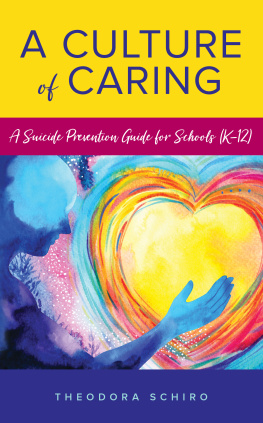

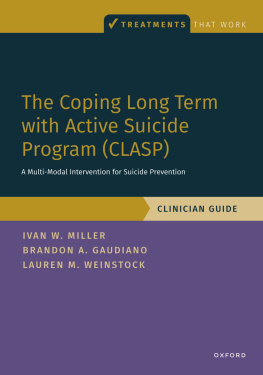
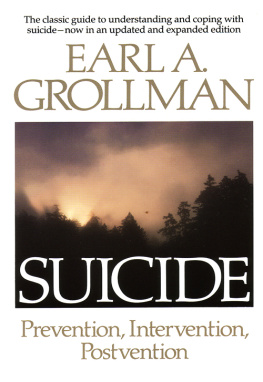
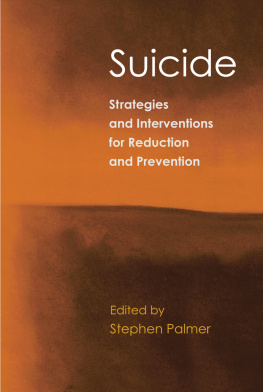

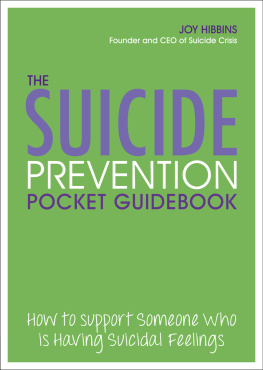
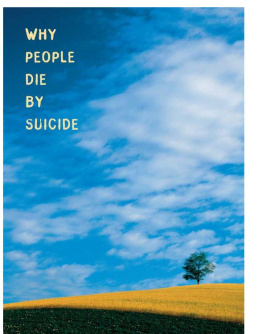
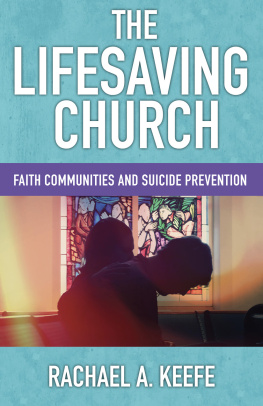
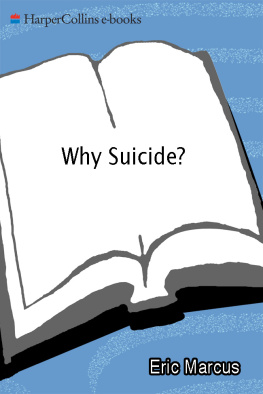
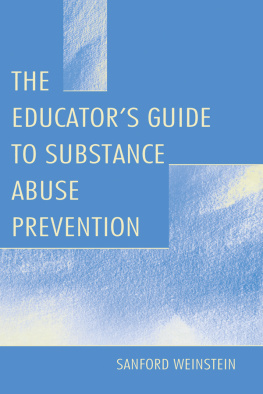
 TM The paper used in this publication meets the minimum requirements of American National Standard for Information Sciences Permanence of Paper for Printed Library Materials, ANSI/NISO Z39.48-1992.
TM The paper used in this publication meets the minimum requirements of American National Standard for Information Sciences Permanence of Paper for Printed Library Materials, ANSI/NISO Z39.48-1992.